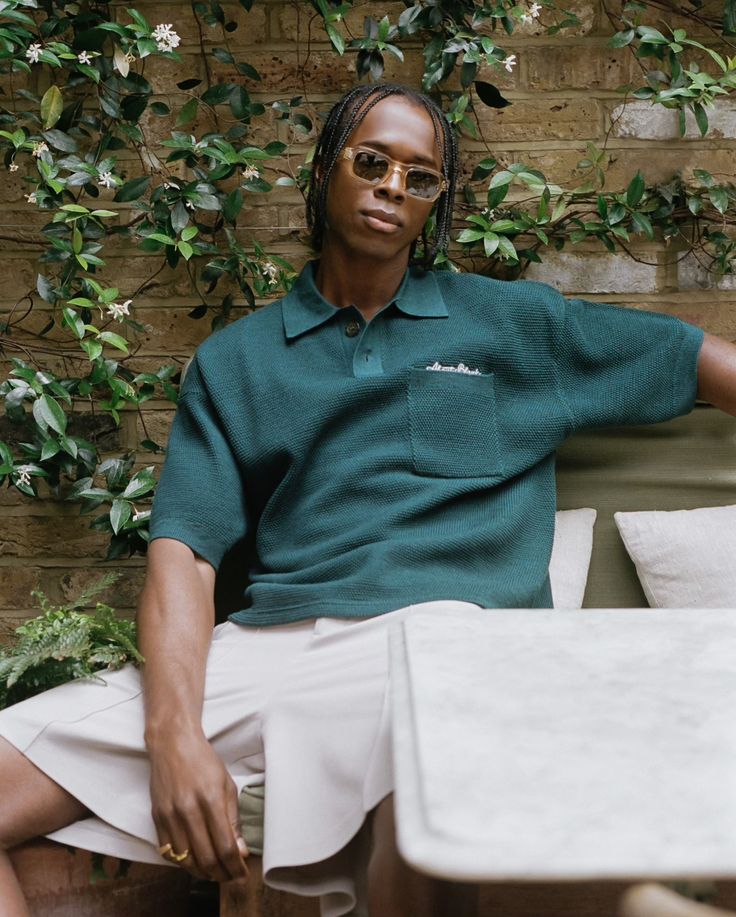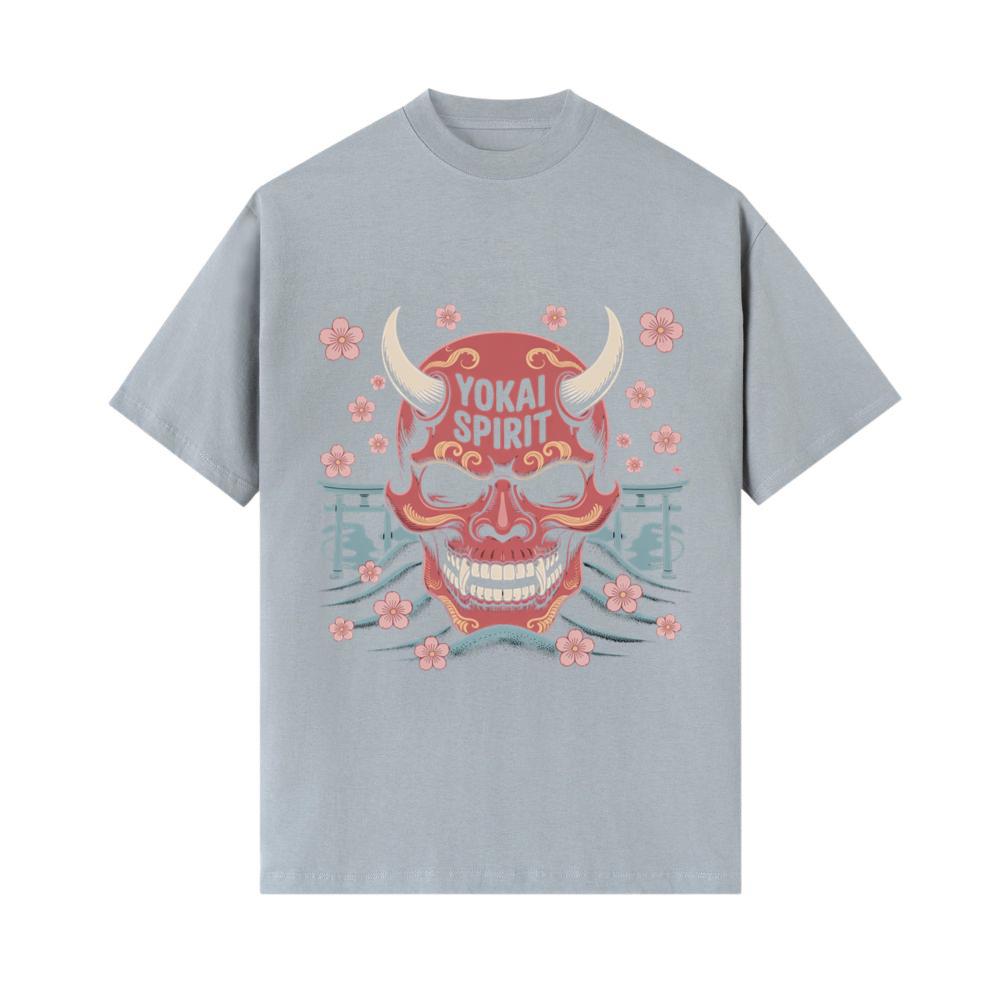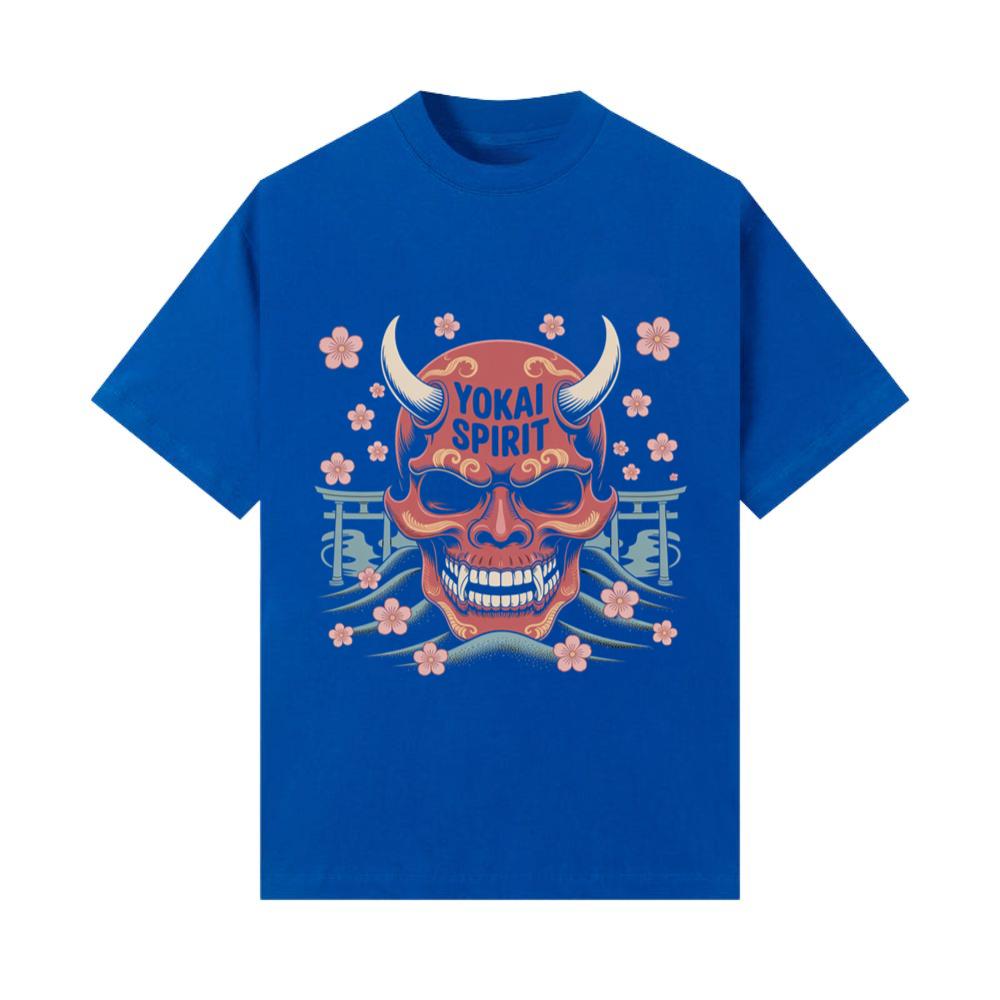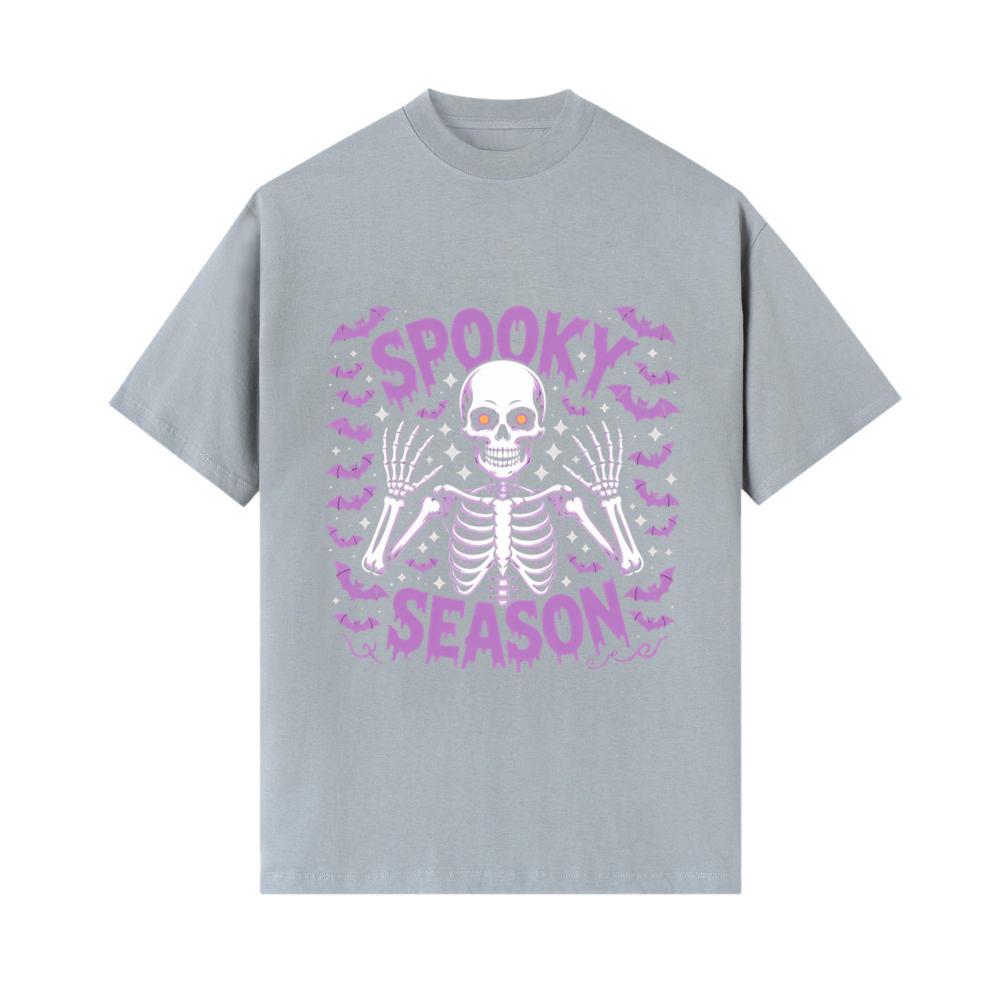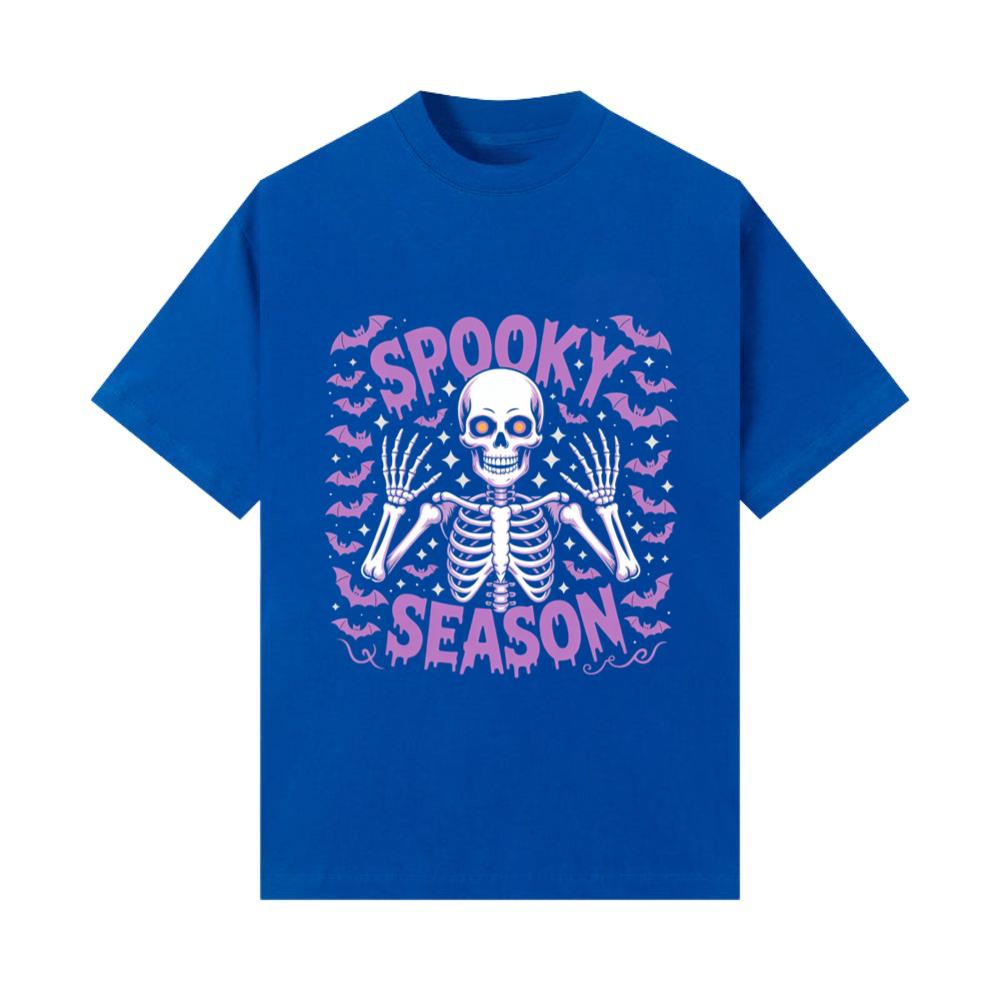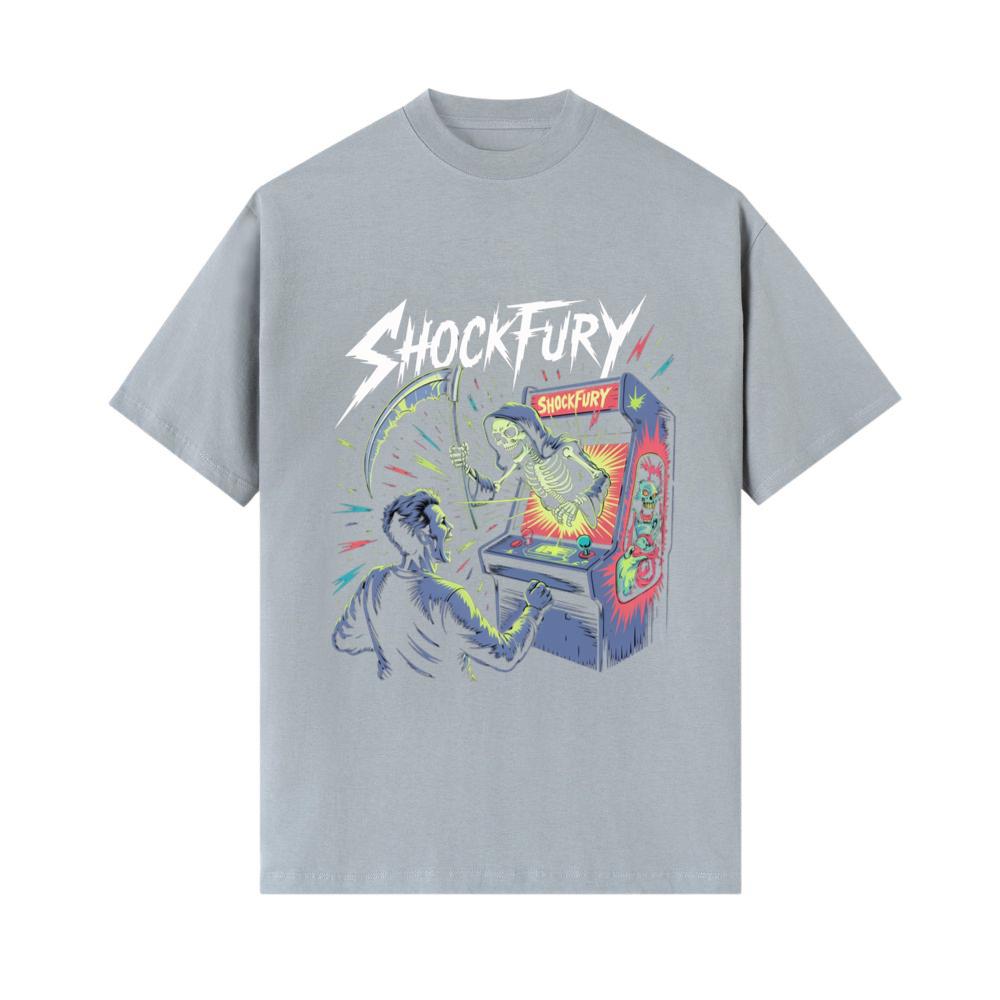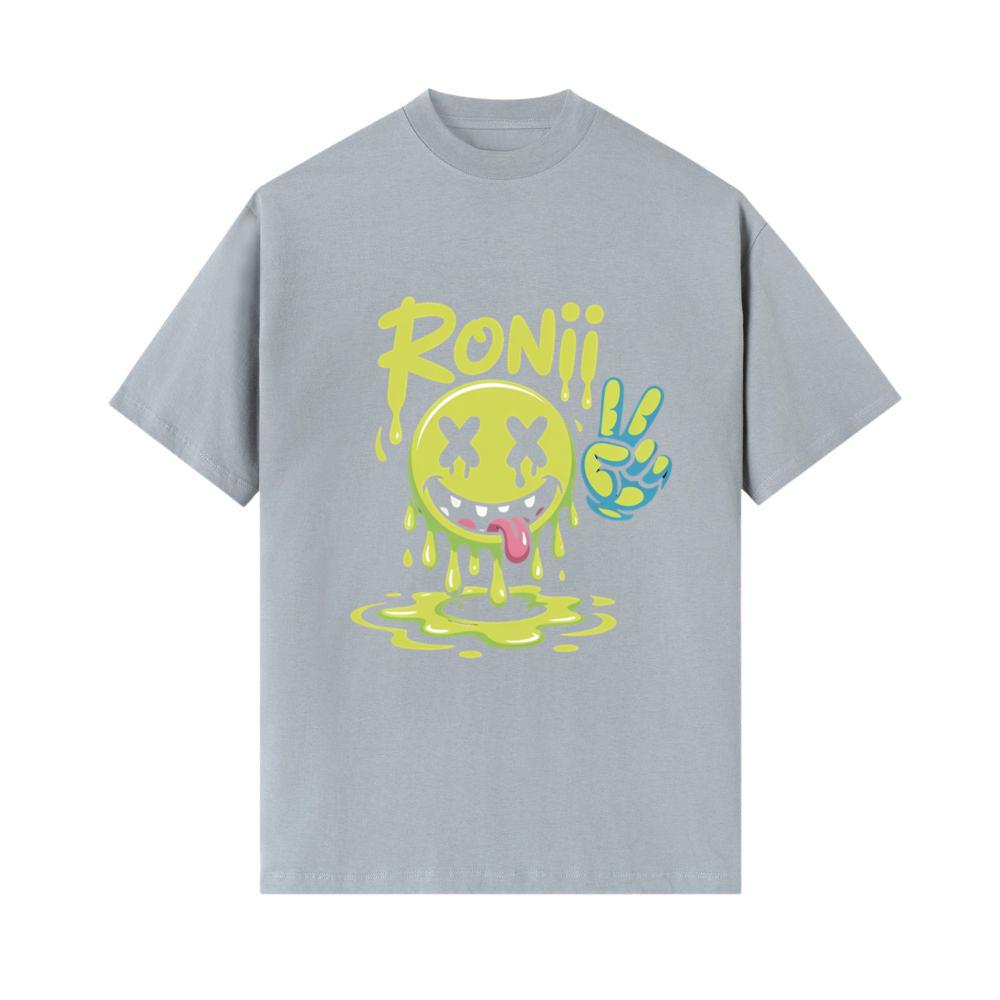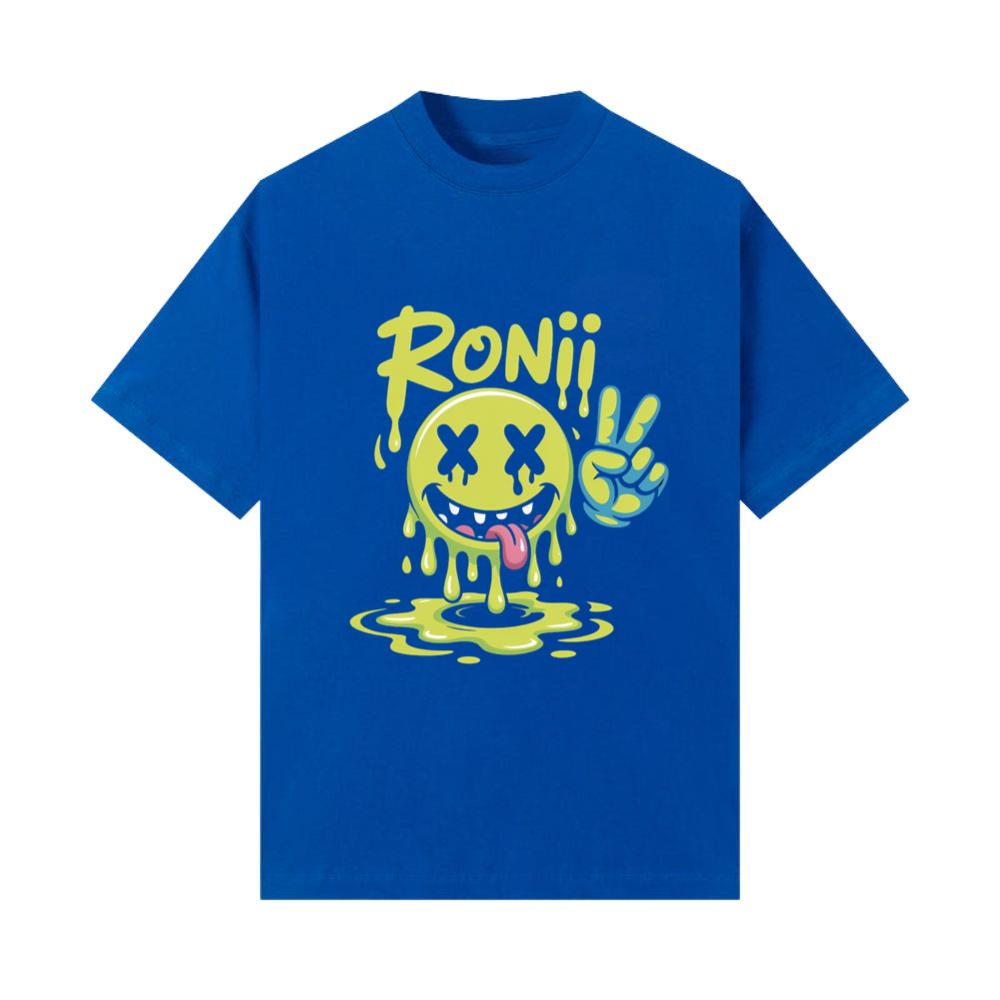Introduction
Fashion has always been more than fabric stitched together to form garments. It is a mirror reflecting culture, values, aspirations, and the direction in which societies are moving. In 2025, clothing no longer functions solely as protection from the elements or as decoration for the body. It has become a language of transformation, a medium through which innovation, sustainability, technology, and identity converge. As the world faces unprecedented challenges and opportunities, fashion is adapting in ways that go far beyond seasonal trends. The garments we wear are shaped by climate awareness, digital connectivity, inclusive design, and new interpretations of luxury. They reveal how humanity is learning to dress for a rapidly changing world.
The shifting state of the planet, the influence of artificial intelligence, and the growing desire for personal expression are rewriting the very meaning of style. Designers, retailers, and wearers alike are reconsidering the lifecycle of a garment, the sources of materials, and the purpose of an outfit in daily life. In the past, runways might have dictated the silhouettes, colors, and fabrics of the season. Now, it is global realities—from environmental urgency to cultural shifts—that define what the future of fashion looks like.
This exploration of future fashion in 2025 is not simply a catalogue of popular looks or trending fabrics. Instead, it is an expansive journey into the philosophies shaping design, the technologies redefining creation, and the consumer mindsets guiding the industry toward new horizons. To dress in 2025 is to balance aesthetics with responsibility, tradition with innovation, and individuality with shared values.
The Evolution of Fashion in Response to Global Change
To understand where clothing is headed in 2025, it is essential to examine the forces of change surrounding it. Environmental transformations, shifting economies, political movements, and digital advancements have created a landscape where fashion cannot remain static. Every garment produced today carries with it a story of global interconnection. Cotton may come from regenerative farms, fabrics might be woven from recycled plastics, and garments may be assembled by automated machinery overseen by human designers.
The evolution of fashion is visible in how consumers engage with their wardrobes. Shoppers are no longer satisfied with fast production cycles that prioritize quantity over quality. They seek authenticity, longevity, and purpose in what they purchase. Clothing is now expected to be more than beautiful; it must also embody values of sustainability, durability, and adaptability. The modern consumer asks whether a brand respects the environment, supports workers, and contributes positively to society. As a result, fashion houses are not only creating clothing but also rewriting their mission statements to align with ethical and ecological imperatives.
Sustainability as the Core of Modern Style
By 2025, sustainability has moved from being a niche concept to the core of fashion identity. Eco-conscious design is no longer optional; it is the foundation of relevance in the industry. Labels that once marketed sustainability as a bonus feature now build entire collections around it. Materials sourced from organic farms, biodegradable fabrics, and circular design systems have become central to the creation process. Instead of designing garments destined for landfills, brands focus on pieces that can be disassembled, repurposed, or recycled at the end of their life cycle.
The rise of sustainable style reflects a global recognition that resources are finite and climate change is a pressing reality. Consumers demand transparency in supply chains, asking where fibers originate and how dyes impact ecosystems. In 2025, certifications, digital product passports, and blockchain tracking systems provide proof of authenticity and accountability. Clothing carries with it a digital story accessible through QR codes, telling buyers who made it, where it was produced, and how it can be reused. Sustainability is no longer a separate category of fashion—it is fashion itself.
The Role of Technology in Redefining Wardrobes
Technology has penetrated every corner of fashion in 2025. From artificial intelligence-powered design tools to 3D printing and virtual try-on features, the intersection of clothing and digital innovation is creating experiences that would have seemed unimaginable a decade ago. Designers use AI to analyze consumer preferences, forecast trends, and generate prototypes with precision and efficiency. This reduces waste and accelerates the creative process, allowing collections to be more aligned with both sustainability and personal expression.
Smart textiles have also emerged, embedding garments with sensors that monitor health, adjust to temperature changes, or even generate energy through movement. A jacket may heat itself during a cold night, while a dress could shift its color in response to mood or environment. Digital fashion, existing entirely in virtual spaces, has gained popularity as well. Avatars in gaming, social media, and the metaverse are dressed in digital couture, reducing the environmental impact of producing physical garments for every style experiment. The wardrobe of 2025 is both physical and digital, blending tactile craftsmanship with futuristic possibilities.

